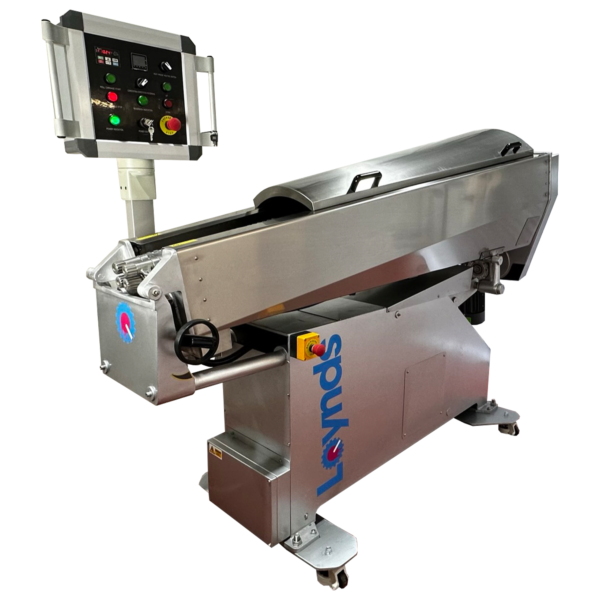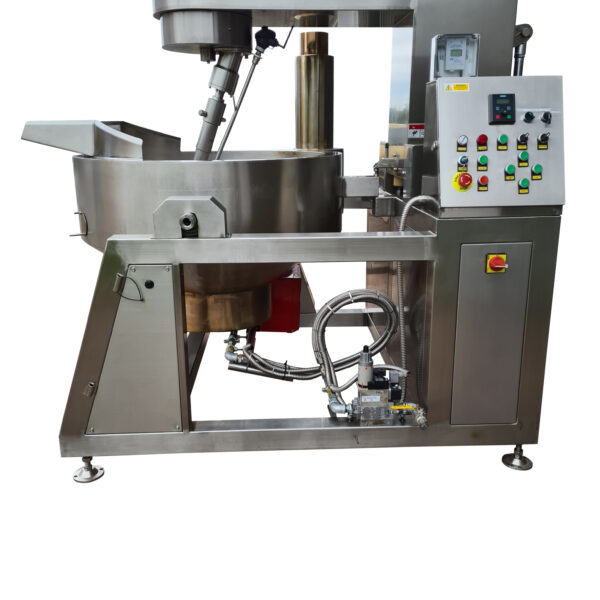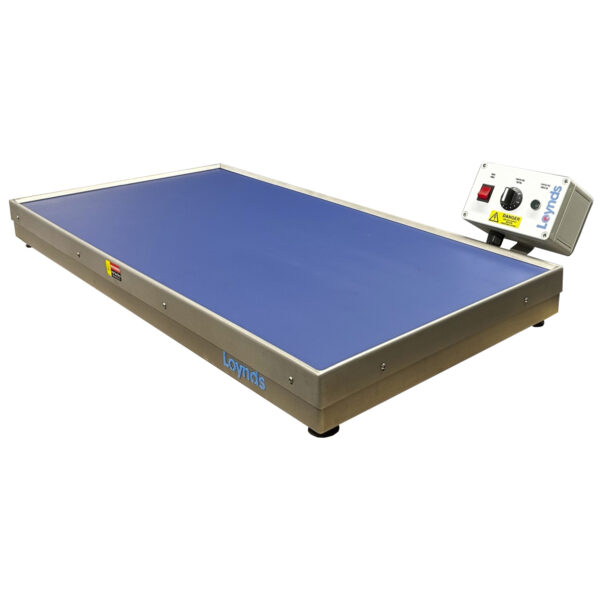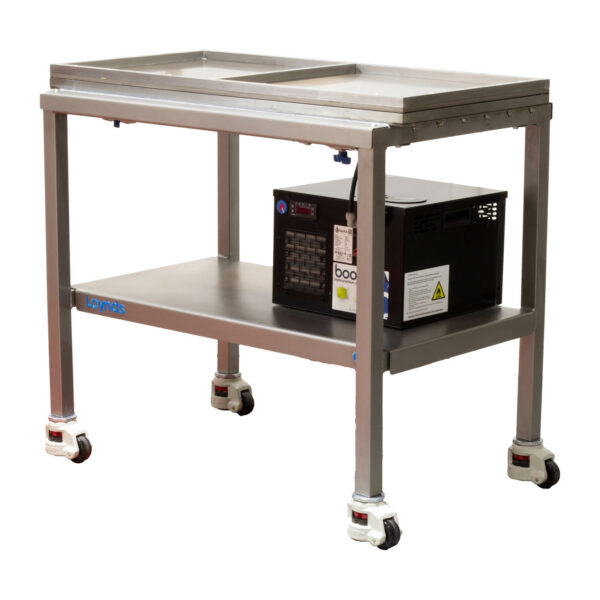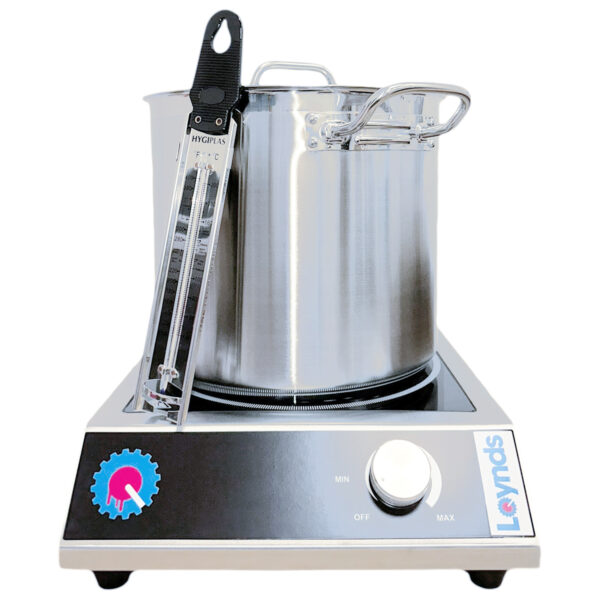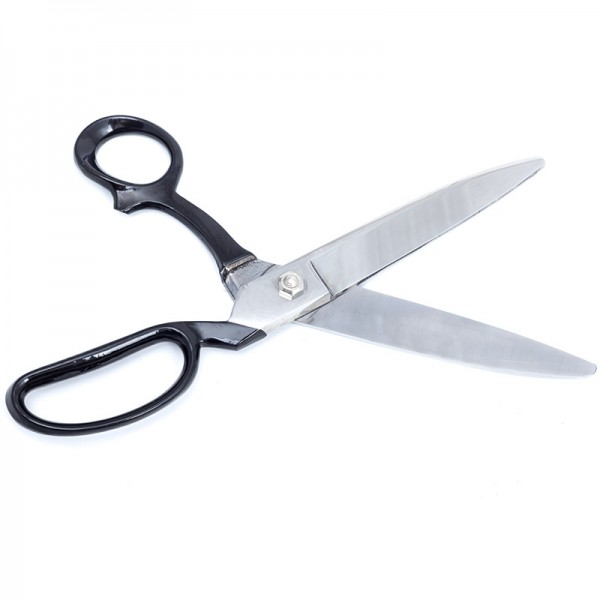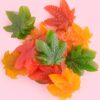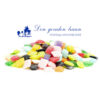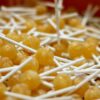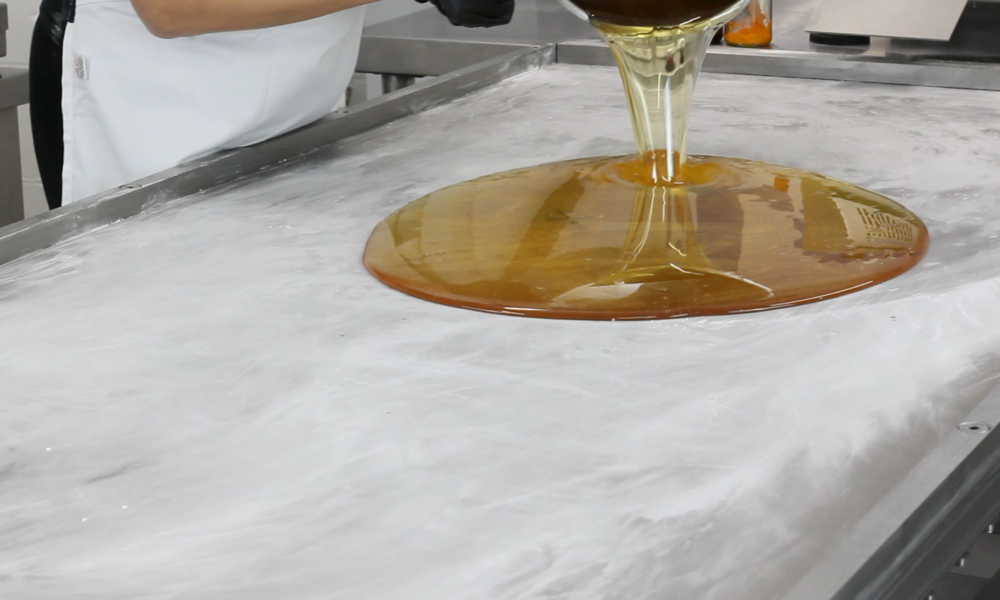
If you’re new to candy making, then this straight forward hard candy recipe will get you started. Equally suitable for artisan manufacturers and automated industrial production.
INGREDIENTS
- 60 Parts White Granulated Sugar
- 40 Parts Liquid Confectionery Glucose (Corn Syrup) Golden Syrup can be substituted if required.
- Water (just enough to cover the sugar in the pan)
- Liquid Colour
- Liquid Flavour or Essential Oils
- Citric Acid (for making fruit flavours only)
EQUIPMENT
- Mini Cold Table (or Granite / Marble worktop) or Large Cold Table
- Induction Hob or Gas Cooker
- Measuring Syringes or Cups with your Liquid Colour & Flavour in
- Boiling Pan
- Stirring Spoon
- Candy Makers Gloves
- Calibrated Scales
- Candy Shears
CANDY MAKING PROCESS
In a high sided pan, add 60 parts sugar and then pour just enough water to nearly cover the sugar. Switch on the hob and stir immediately to prevent the sugar from settling at the bottom of the pan. Continue until all the sugar dissolves, making it easier to stir.
As the mixture starts to boil, froth will rise in the pan and then subside – this is known as breaking the boil. You can hold the mix at this point if your preparing batches in advance, but the water content must be correct otherwise it might invert. Turn off the heat and add liquid glucose, stirring it in before switching the heat back on.
(The easiest way to get glucose out of your bucket is with wet hands. The water helps prevent it from sticking but you must move quickly!)
To avoid sugar crystals forming on the sides of the pan, place a lid on the top for a minute or 2. Next, take off the lid and insert a thermometer to keep an eye on the temperature of the candy mixture.
Heat the mixture to 146°C (295°F), and then turn off the heat. Bear in mind that this mix is extremely hot. Wearing gloves is crucial, as any liquid candy on your skin could result in a severe burn.
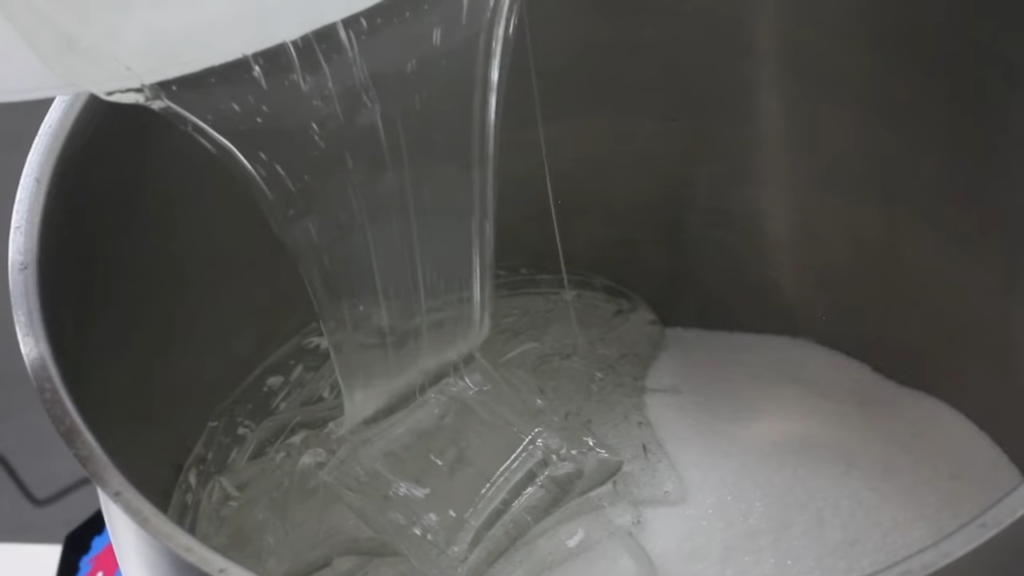
ADDING THE COLOURS & FLAVOURS
Pour the batch onto a lightly oiled cold surface, ideally a candy maker’s Cold Table with water cooling. For low volume production, a granite or marble slab can be used. If at home, kitchen worktops made from heat-proof stone may suffice but be aware that they will get hot. Candy Cold Tables supplied by Loynds come with moveable bars to prevent the candy from spreading too far and to maintain depth to the batch. Colours and flavours in liquid form can be added via syringes, allowing for accurate measurement and consistent flavour from batch to batch. Stir the liquid into the molten candy and fold in for even distribution, like your kneading dough. If making a batch with different colours, candy maker’s shears can be used to divide the batch into the required proportions.
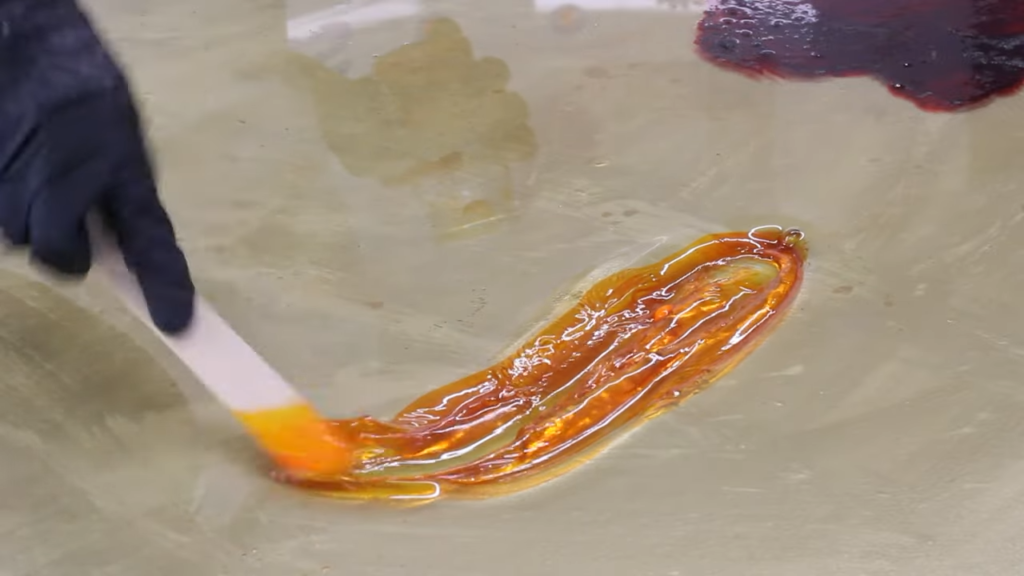
ACID
To add a bit of tang and enhance the flavour, you can use acid such as Citric, Tartaric or Malic. This should be in a powdered form, and it should be sprinkled onto the batch once the flavours and colours have been mixed in. This will melt into the batch and disperse evenly as you turn and temper it in preparation for further processing. Now you should have an evenly tempered batch or batches of candy that are dry, malleable and free of lumps.
FURTHER PROCESSING
At this point the batch is typically ready for further processing. Based on your application and manufacturing setup, you can either transfer the batch to the batch roller or, if working exclusively by hand, move it to the hot table.
Featured Machinery
Get In Touch!
If you need more help or information, please do not hesitate and contact us today! We are more than happy to answer any questions you may have.
